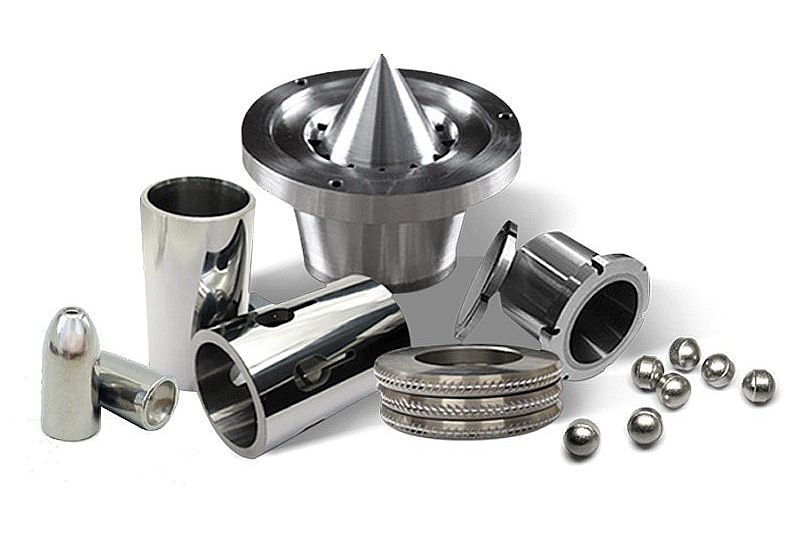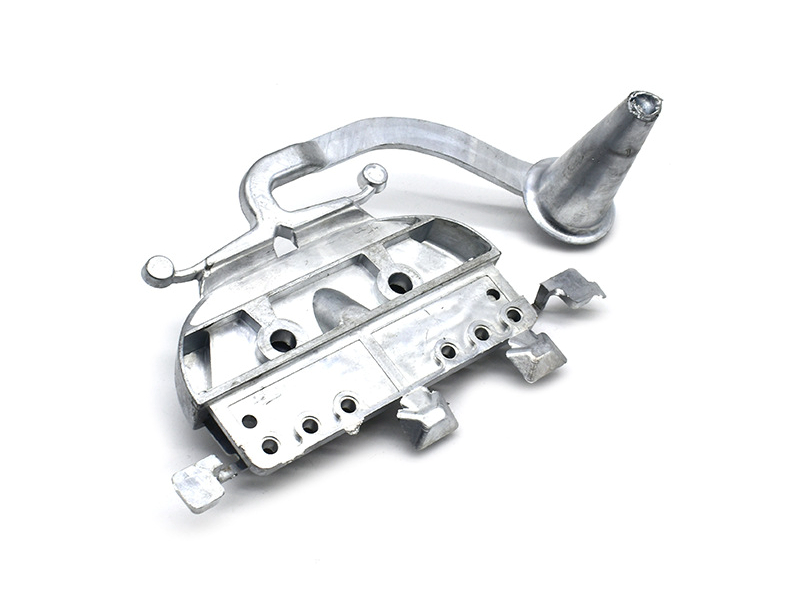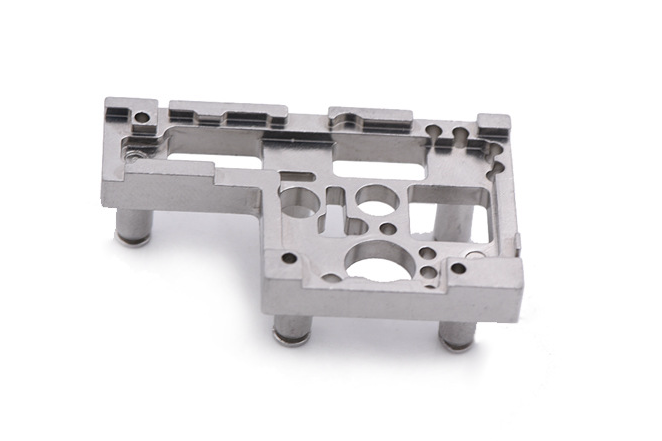What are the pros and limits of MIM vs CNC machining for metal implants?
When producing metal implants for load-bearing or osseointegrative applications, engineers must select the most suitable manufacturing route based on geometry, volume, mechanical properties, and regulatory requirements. Metal injection molding (MIM) and CNC machining prototyping represent two complementary technologies: MIM offers near-net-shape freedom and cost efficiency at volume, while CNC machining ensures precision, traceability, and material integrity. Understanding their strengths and limitations is key to selecting the optimal process or combining them for hybrid manufacturing.
Advantages of MIM for Implants
MIM is suited for complex shapes, thin-walled features, lattice structures, and small components where subtractive machining would be inefficient. Using biocompatible alloys such as MIM Ti-6Al-4V and MIM Ti-6Al-7Nb, net-shape and porous structures can be achieved with high material utilization. MIM eliminates 70–90% of machining time and reduces scrap, offering significant cost advantages for large production runs. For miniature screws, spinal cages, dental abutments, and fixation devices, the combination of high green part reproducibility and automated sintering makes MIM highly competitive.
Limitations of MIM for Implants
The sintering process introduces inherent variability in shrinkage and density distribution, requiring tight process control. Achievable densities are high but may still be slightly lower than wrought material—raising concerns in high-cycle fatigue environments. MIM parts often need post-treatment such as electropolishing, passivation, or machining of critical interfaces. Additionally, regulatory validation for MIM requires demonstrating binder removal completeness and consistent microstructure—a process more complex than for billets machined via CNC.
Advantages of CNC Machining for Implants
CNC machining allows high precision and excellent traceability from wrought titanium, stainless steel, or cobalt-chrome billets. It is suited for patient-specific parts, tight tolerances, smooth articulating surfaces, and validation of prototype geometries. Post-surgical interfaces such as screw threads, taper junctions, and sealing surfaces can be controlled within microns using CNC machining prototyping. Combined with surface enhancement processes like brushed finish or tumbling, CNC machining provides predictable performance and clean surfaces ideal for sterile packaging.
Limitations of CNC Machining for Implants
As machining reduces material efficiency, complex geometries and lattice structures require excessive toolpaths or are simply impossible to manufacture. Machining titanium also generates tool wear and heat, potentially affecting surface integrity. For high-volume applications, CNC machining is costlier and slower than MIM. Additionally, weight-optimized internal cavities may require multi-axis machining, increasing cycle time and validation complexity. When geometry is optimized, adapting it to conventional machining constraints may compromise biomechanical performance.
Hybrid Strategies and Process Selection
Common hybrid approaches include producing the core via MIM and finishing joint or interface features with CNC machining. For porous structures, 3D printing prototyping may be used for surface-enhanced implants that are then machined for connection zones. Process selection depends on part size, batch volume, porosity requirements, and regulatory classification. MIM is ideal for complex geometries and high volumes; CNC is essential for precise accuracy and assurance of biocompatibility.



